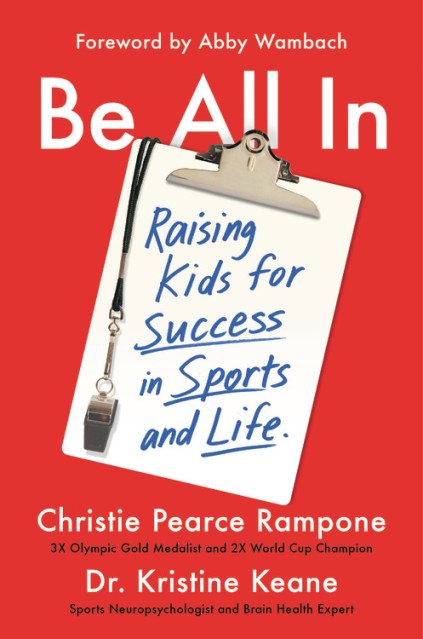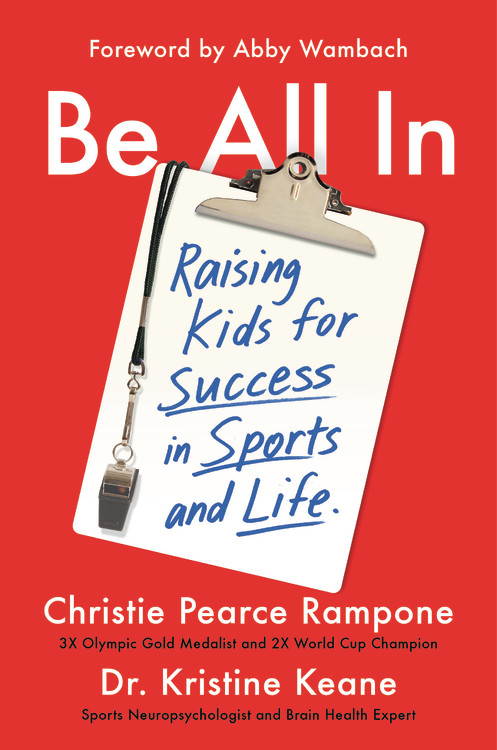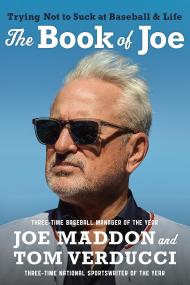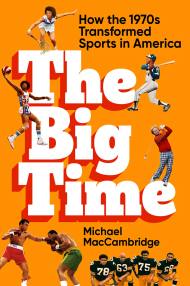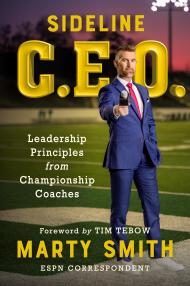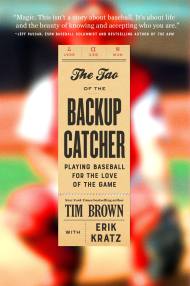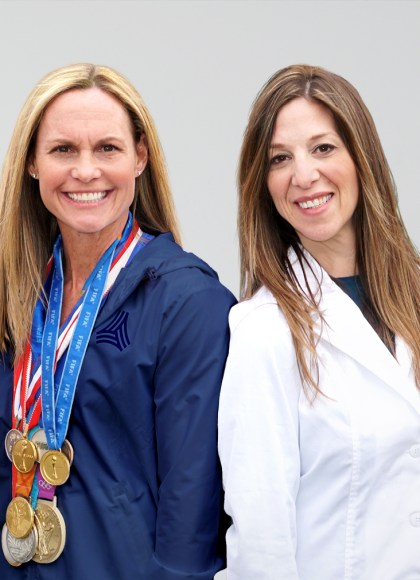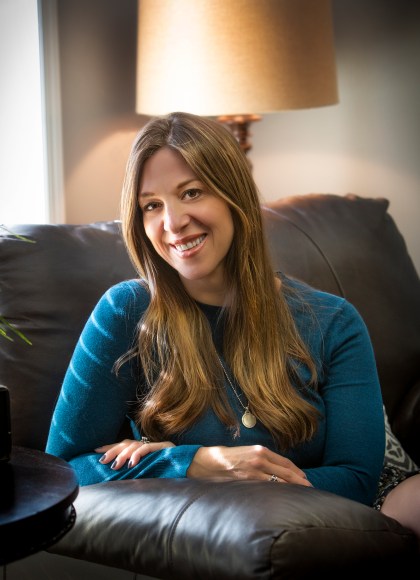Promotion
Use code MOM24 for 20% off site wide + free shipping over $45
Be All In
Raising Kids for Success in Sports and Life
Contributors
Foreword by Abby Wambach
Formats and Prices
Price
$28.00Price
$35.00 CADFormat
Format:
- Hardcover $28.00 $35.00 CAD
- ebook $11.99 $15.99 CAD
- Audiobook Download (Unabridged)
- Trade Paperback $18.99 $23.99 CAD
This item is a preorder. Your payment method will be charged immediately, and the product is expected to ship on or around August 18, 2020. This date is subject to change due to shipping delays beyond our control.
Also available from:
Sports offer a vital path for children to get healthy, self-confident, and social. In Be All In, three-time Olympic gold medalist, World Cup Champion, and US team captain Christie Pearce Rampone and sports neuropsychologist and brain health expert Dr. Kristine Keane offer practical, real world advice on how to handle the pressures felt by youth athletes, parents, and coaches today and provide kids with their best shot at reaching their dreams.
In contrast to outdated adages like “no pain, no gain,” the ethos of “be all in” is about being authentically present in everything you do, on and off the field. Through a unique blend of neuroscience, parenting strategies, and wisdom gleaned from the extraordinary experiences of a world-class athlete, this transformative book explains how to create realistic expectations for kids, help them succeed in all aspects of their life, improve game day performance, and reduce the stress of dealing with their coaches, ambitions,and losses.
With invaluable insight into parenting behaviors that may derail children’s performance despite best intentions, and concrete strategies for teaching accountability, confidence, self-efficacy, and resiliency, this fundamental guide has tips to support athletes of any age, sport, or level of competition.
Genre:
-
"An essential manual for a sports parent. It's a compelling look at the role from someone living it."Forbes
-
"A terrific primer for both youngsters who participate in youth sports and their parents."New York Post
-
"Should be required reading for any coach or parent who wants their child to play sports, regardless of the level. Informative, nourishing reading for parents and coaches and their young charges."Kirkus Reviews
-
"Backed by considerable experience, knowledge, and common sense, Rampone and Keane's game plan should be required reading for all student athlete parents and coaches."Booklist
-
Normal0falsefalsefalseEN-USX-NONEX-NONEMicrosoftInternetExplorer4 "Expertly written and thoroughly 'reader friendly' in organization and presentation, Be All In: Raising Kids for Success in Sports and Life will prove to be an invaluable guide for parents, caregivers and coaches with respect to children of any age engaging in an athletic activity of any kind."MidwestBook Review
-
"As a parent, coach, and member of society, I find that we are too caught up in raising our future generation to succeed, and we lose sight of the most fundamental key to success: finding your passion. My parents taught me from a young age that loving what you're doing is more important than winning, which ultimately built the foundation for my success. Be All In perfectly embodies the importance of helping children find where their passion lies and encourages them to build on it rather than focus on the pressure of winning."Shawn Johnson East,US Olympic Gymnast
-
"If ever there were authoritative voices in youth sports, it's Rampone and Keane. Be All In gives young athletes and their parents the perfect formula for balancing competitiveness, confidence, and compassion."HarleyA. Rotbart, M.D., professor emeritus of pediatrics at University of Colorado and authorof No Regrets Parenting and 940 Saturdays
-
"Be All In is a vital read for parents and coaches. Rampone's success on the field and Dr. Keane's studies in the field combine to create a knowing, scientifically backed primer for those looking to navigate the youth sports world and live to tell the tale."Ken Davidoff, baseball columnist at New York Post
-
"Be All In brings heart, hustle, and focus back to the forefront of the conversation in youth sports, in a way that helps athletes develop the inner drive that helped Christie Pearce Rampone become one of the best athletes in the world. This powerful fusion of theory and practice creates a priceless and refreshing view of sports, and how we can guide the youth sports experiences to create champions in sports and in life. I am ALL IN for Be All In and you should be too!"Dr.Jen Welter, Founder of Grrridiron Girls & first female NFL coach
- On Sale
- Aug 18, 2020
- Page Count
- 304 pages
- Publisher
- Grand Central Publishing
- ISBN-13
- 9781538751732
Newsletter Signup
By clicking ‘Sign Up,’ I acknowledge that I have read and agree to Hachette Book Group’s Privacy Policy and Terms of Use
